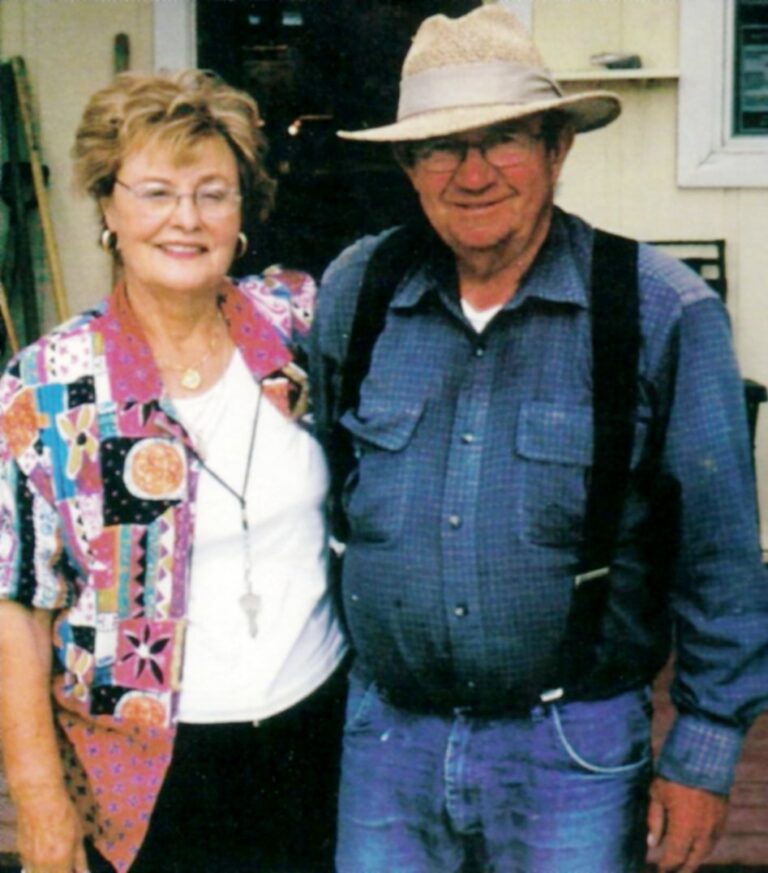Originally published in the Herald and News paper, of Klammath Falls, Ore. Reprinted with permission.
VIRGIN VALLEY, Nev — In the late 1800s and early 1900s, cowboys and sheepherders collected those sparkling stones, later known as black and fire opals, from Virgin Valley fields.
On their days off, collectors would travel to bars in Cedarville and other Surprise Valley communities, where they’d swap those shimmering, glittering stones for shots of whiskey. They’d walk away laughing, knowing they’d gotten the best of the bargain.
History has a way of playing tricks.
One of those early buckaroos was Harry L. Wilson, who was born and raised in the Surprise Valley community of Fort Bidwell. For 25 years, he worked for Miller & Lux, who owned massive cattle ranches in Oregon, Nevada, and California. Wilson rode horseback and worked cows at places like Virgin Valley, about 80 desert miles from Cedarville.
When the Miller & Lux empire collapsed in 1925, Wilson partnered with two other suddenly jobless friends, Dave Beebe and Billy McClusky. They bought homesteads that eventually became consolidated as the Virgin Valley Ranch.
In 1944, only because his wife insisted, Wilson bought the Royal Peacock mine, located just across the valley. In the early 1900s it was learned the sparkling curiosities were opals, fiery colored remnants of cryptomeria, an ancient tree species. The first underground workings were developed in 1905, and the Royal Peacock developed in 1912.
Nearly a century later, those rare “pretties” are regarded by some as the world’s most beautiful gemstones.
“He wasn’t a rockhound. He could care less,” chuckles Harry L. Wilson’s son, 74-year-old Harry W. Wilson, of his father’s regard for opals.
In recent years, the opals have become Wilson’s economic life. For years, the Wilsons operated a cattle ranch and raised horses. It became surrounded by the Sheldon National Wildlife Refuge, which was created in 1931 and eventually expanded. As cattle were forced off the refuge, the Wilsons sold their 1,600 acres, the refuge’s largest inholding, to the Nature Conservancy.
Wilson, who was born in Cedarville but lived and worked summers and weekends at the Virgin Valley Ranch, for many years refused to return to the Valley.
“It was very hard because he was raised there,” tells his wife, Joy, whose own Surprise Valley roots go back to the 1800s.
Joy and Harry met in high school in Cedarville. After they were married in 1953, “I thought he brought me to the end of the world,” she admits. “I tell everybody I took her shoes so she wouldn’t run away,” Harry quips.
Virgin Valley is remote, but it was genuinely nestled in the boondocks in the 50s. Harry lived on the ranch before Highway 140 conected Virgin Valley with Lakeview, about a 100 miles west. It was a time when Modoc County’s Surprise Valley towns of Cedarville, Fort Bidwell, and Lake City were the nearest waterholes. There was no electricity until 1968 or telephone service until 1970.
When the Wilsons sold their Virgin Valley Ranch, they used the money to buy the historic Andorno Ranch near Winnemucca, Nev. Since then, the Wilsons and their children have operated both the mine, and the Andorno ranch, a cow-calf operation with 400 to 700 mother cows, mostly Angus and Hereford cross.
Said the senior Wilson of running the mine, “I enjoy the people here. Rockhound people are wonderful people.”
Business is good, especially since the mine was featured in a Travel Channel documentary with Kristin Gum.
When the Wilsons owned the Virgin Valley Ranch, they worked with the Army, which provided thoroughbred stallions that were bred with the Wilsons’ standardbreds. The Army had first choice of the geldings for cavalry horses. The rest were sold to ranches like ZX near Paisley or herded to Alturas, where they were placed on rail cars and shipped to buyers.
The Wilsons find it ironic that the “pretty rocks,” which can sell for thousands of dollars, have replaced ranching as their livelihood. Over the years, millions of dollars of opals have been taken from Virgin Valley, which has several commercial operations and more than 200 private claims.
In 2007, Joy had a massive stroke which left her unable to run her side of the business. At that time Harry and their daughter Julie Wilson, a widow began running the mine for the family. With the sudden passing of Harry Wilson in 2016, Julie’s son Jake Anderson was now up to the plate to help her continue the family businesses which included the mine and a 500-acre alfalfa farm two hours away.
Jake Anderson born in 1989 has always had a keen eye for finding gems. As a young boy growing up he would go stay with his grandparents Harry and Joy playing in the dirt at the mine with his brothers. He picked up a knack for being able to see an opal that no one was ever able to see which progressed into a future at the mine. Jake had been privileged to be mentored by his grandfather teaching Jake the layers of the hill and in’s and out’s of how to mine. This allowed Jake to gain the knowledge of the past and the best ways to help people be successful in digging. For over a decade Jake has been running the safety of the hill and stripping of the land to prepare for new years. He states that it is hard without his grandfather by his side but he treasures the time he had with him.
Their hands have been full since then but with the now newest addition to the family, Jake’s wife Cassie and the mine and farm employees we have been able to successfully run both businesses and now make time to promote more family-oriented activities at the mine. Julie is always looking at doing yearly improvements to the mine, every time she says “here’s what I was thinking” (almost daily) to the crew “We all know we are in for a new project,” states Cassie.
As Julie looks to the future she has begun to hand the torch over to Jake and Cassie, not that she will ever truly retire but this will make time for things she has always wanted to do and has never had time for. Julie admits she was weary the last several years and worried that Jake would never meet anyone and continue the legacy of the family mining business until he met Cassie which changed our lives forever.
Jake and Cassie met while mining for Sunstones. One thing led to another and a little over a year later they were married with their first born Sterling HB Anderson. Now after four years they have welcomed their second son Stryder Anderson, these boys are the fifth generation of the Royal Peacock Opal Mines.
This story was edited slightly for accuracy and clarity from the original.
Opal: Nevada's State Gem
In 1987, Harry and Joy Wilson took some specimens from their mine to Nevada’s state capital in Carson City. There, they met with Paul Iverson, Deputy Director of the Nevada Division of Minerals. They also set up an exhibit in the capitol building.
The opals were a hit! The legislature passed NRS 235.100, making Virgin Valley black fire opal the “state precious gemstone.”
And, they asked the Wilsons to leave the opals on display for several months.

